From Forest to Desert, These Are The Cities That Will Look Completely Different by 2080
 https://climatecrisis247.com/wp-content/uploads/2025/05/biome-change-map-150x150.png
https://climatecrisis247.com/wp-content/uploads/2025/05/biome-change-map-150x150.pngClimate change isn’t just raising temperatures – it’s redrawing the map of nature in the United States. In a recent study published in the journal PeerJ, researchers from the Open Earth Monitor Cyberinfrastructure project used high resolution data and machine learning to map how natural vegetation zones – or biomes – could shift by 2080 under different climate scenarios.
Not in Kansas anymore? Tornado Alley Is Expanding South Into These Cities
Dying for air? Climate Activism Is Turning Deadly In These Cities
Researchers found that the central U.S. will become hotter and drier, with iconic grasslands fading and being replaced by more desert-like vegetation – fewer wildflowers, more tumbleweeds. Wet forests throughout the East Coast may give way to drier, more drought-tolerant flora, while the deserts of Arizona, New Mexico, and southern California will expand into Texas and Colorado.
The changes to natural habitat encompass some of the country’s largest cities, meaning several major population hubs are set to undergo complete biome shifts by the end of the century. A closer look at the data reveals the cities projected to undergo the greatest biome transformations in the next 50 years.
To determine the cities with changing biomes, Climate Crisis 247 reviewed spatial data from the April 2023 paper "Current and future global distribution of potential biomes under climate change scenarios," published in PeerJ. Cities were ranked based on the degree of change from dominant biome type from a 1979-2013 baseline to a forecasted 2061-2080 scenario, based on the BIOME 6000 classification scheme. Forecast changes to biome landscape classification are based on RCP 8.5 scenario, or high emissions. Analysis was done in QGIS using raster data and zonal statistics. Only cities with at least 250,000 residents were considered.
25. San Francisco, CA
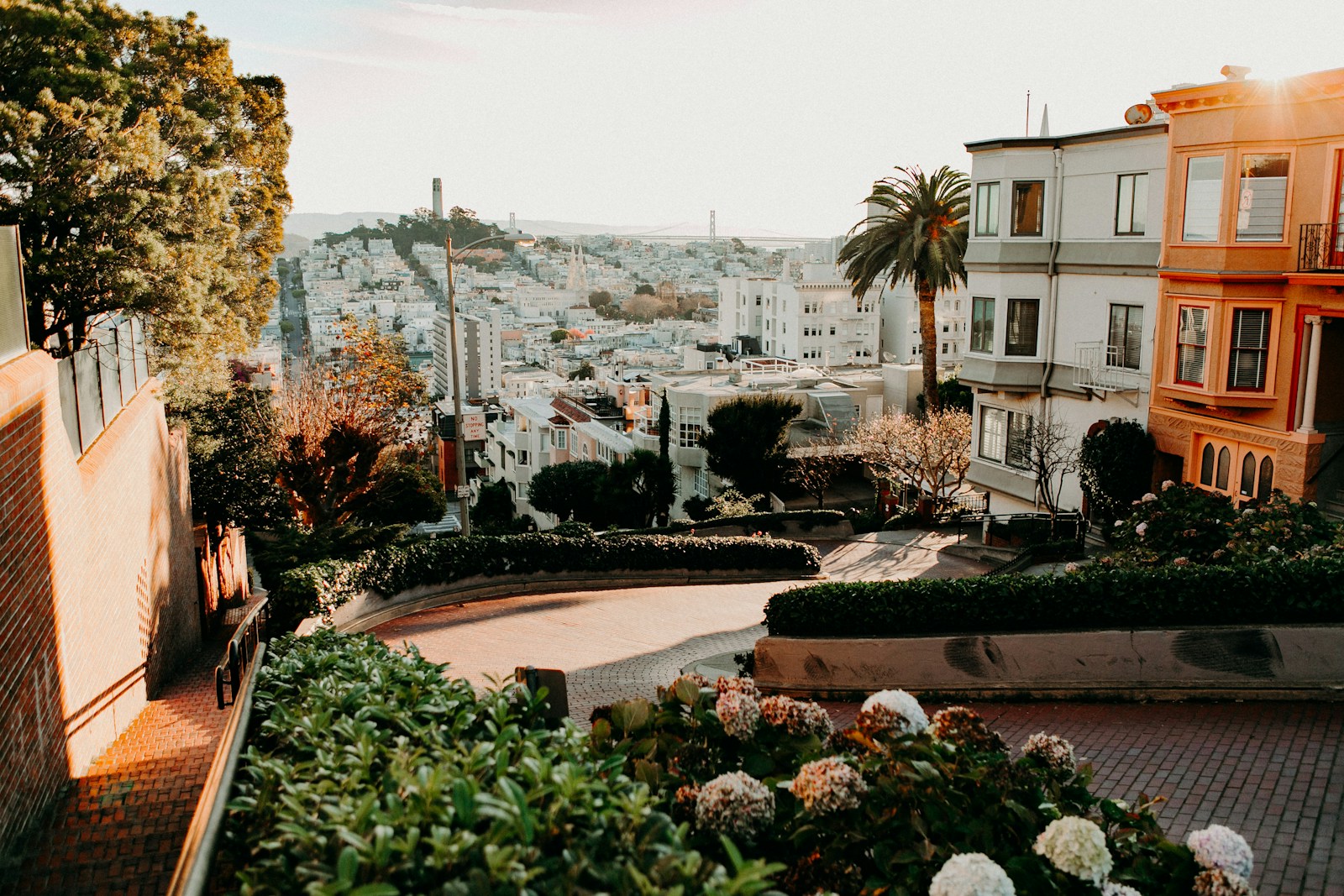
- Current biome classification: Warm-temperate evergreen broadleaf and mixed forest
- Projected biome classification, 2061-2080: Xerophytic woods/scrub
- Current population: 851,036
24. Aurora, CO
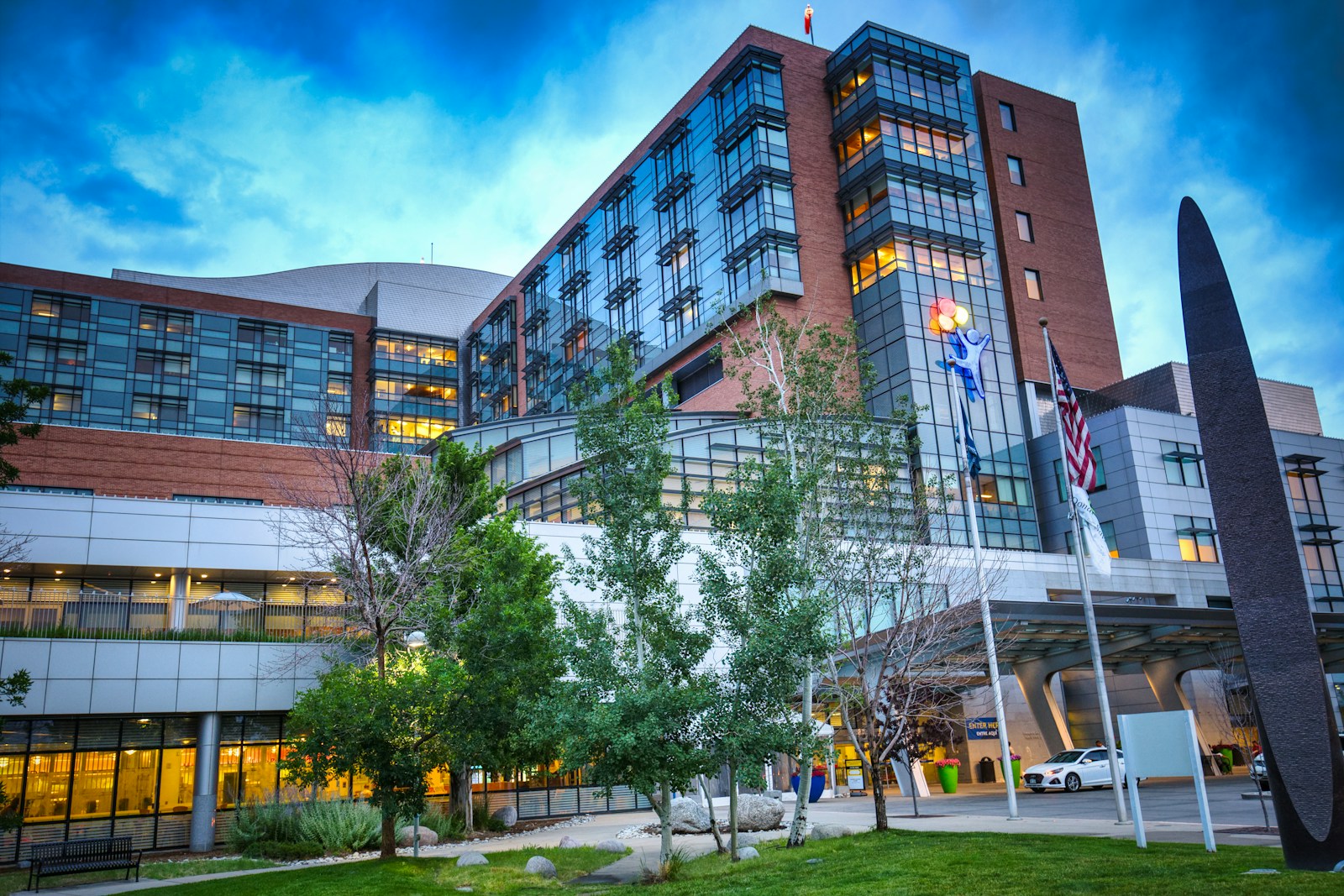
- Current biome classification: Temperate evergreen needleleaf open woodland
- Projected biome classification, 2061-2080: Steppe
- Current population: 387,349
23. Fresno, CA

- Current biome classification: Temperate evergreen needleleaf open woodland
- Projected biome classification, 2061-2080: Steppe
- Current population: 541,528
22. Denver, CO
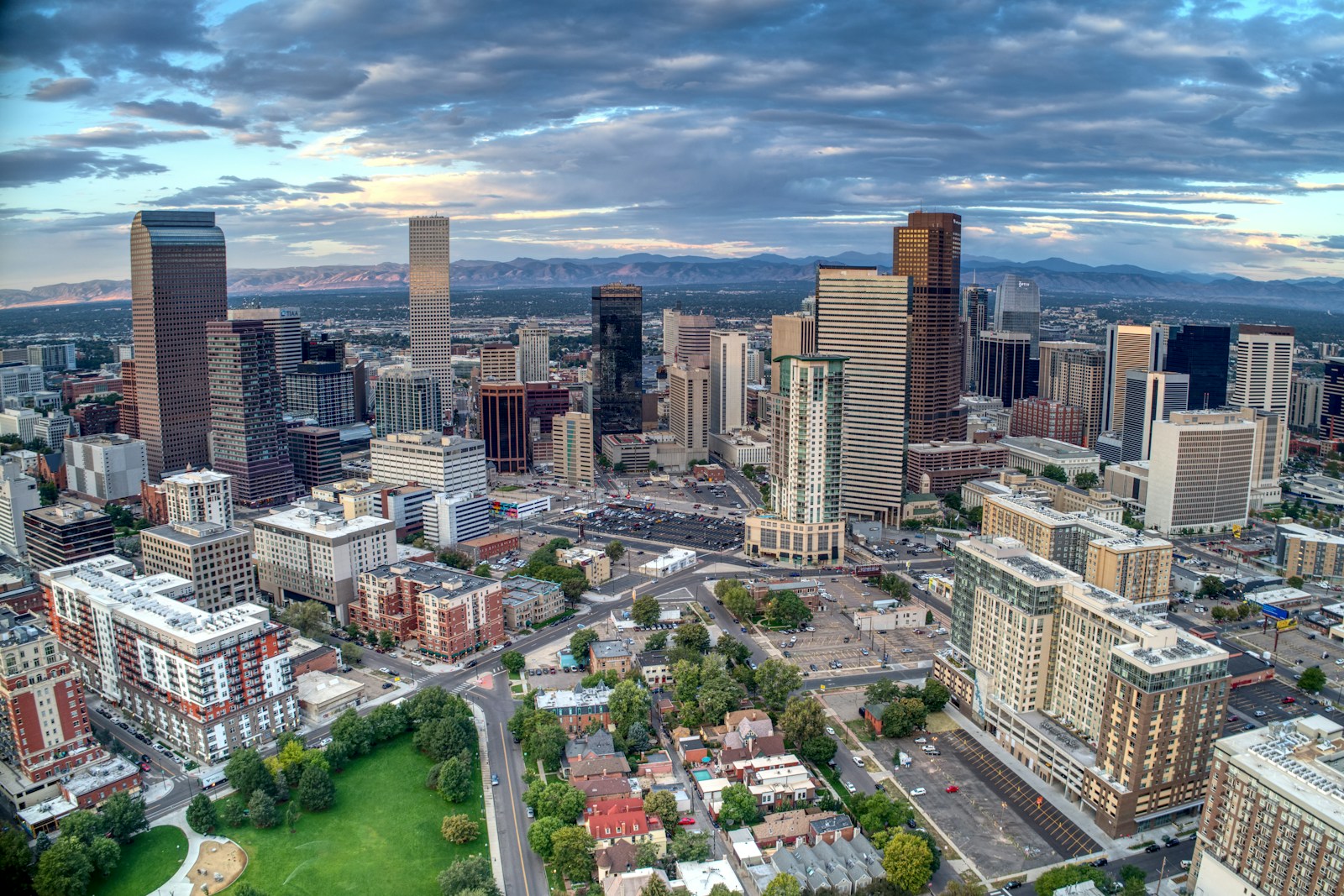
- Current biome classification: Temperate evergreen needleleaf open woodland
- Projected biome classification, 2061-2080: Steppe
- Current population: 710,800
21. Anchorage, AK
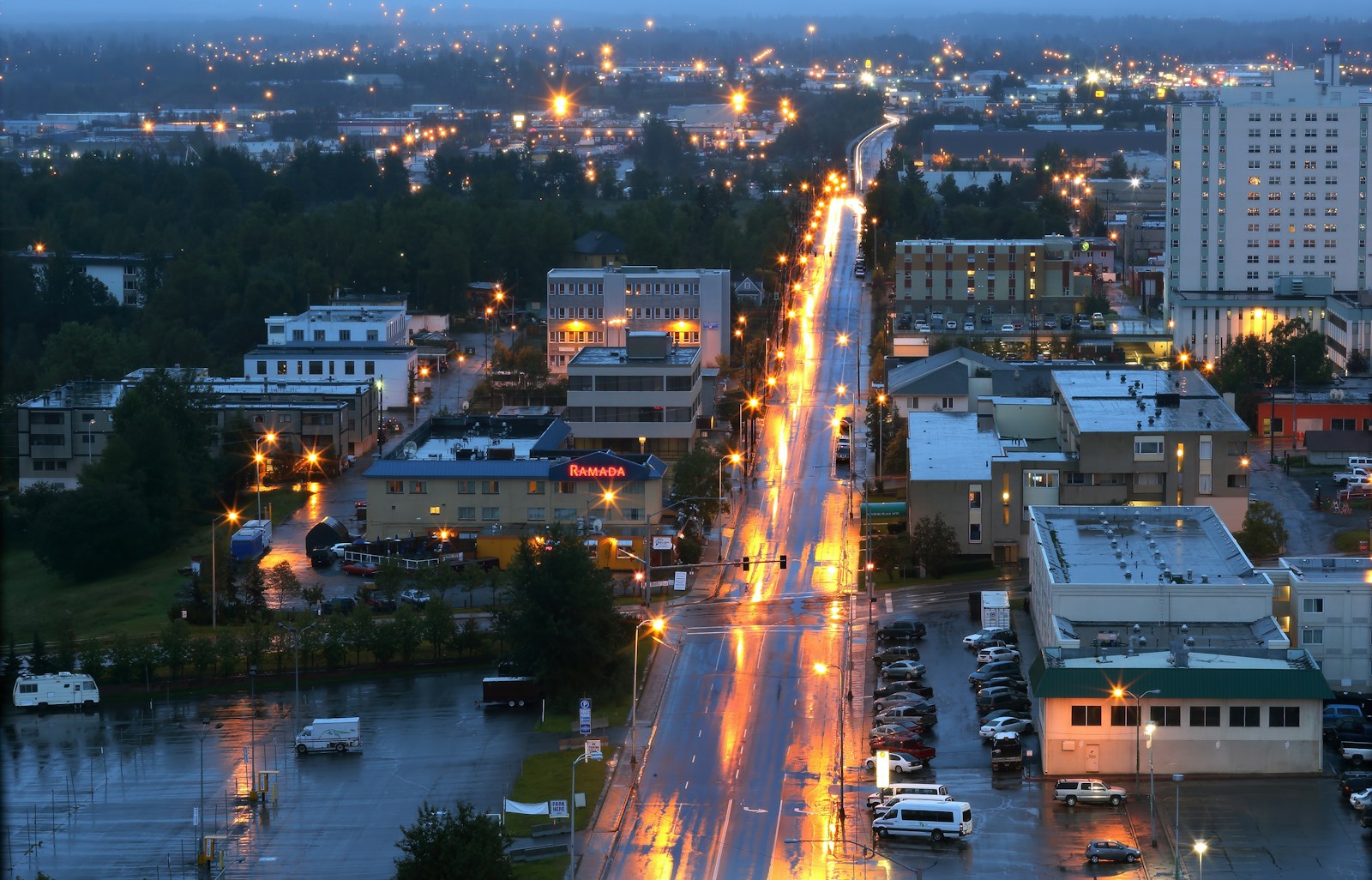
- Current biome classification: Low and high shrub tundra
- Projected biome classification, 2061-2080: Cool evergreen needleleaf forest
- Current population: 290,674
20. Miami, FL
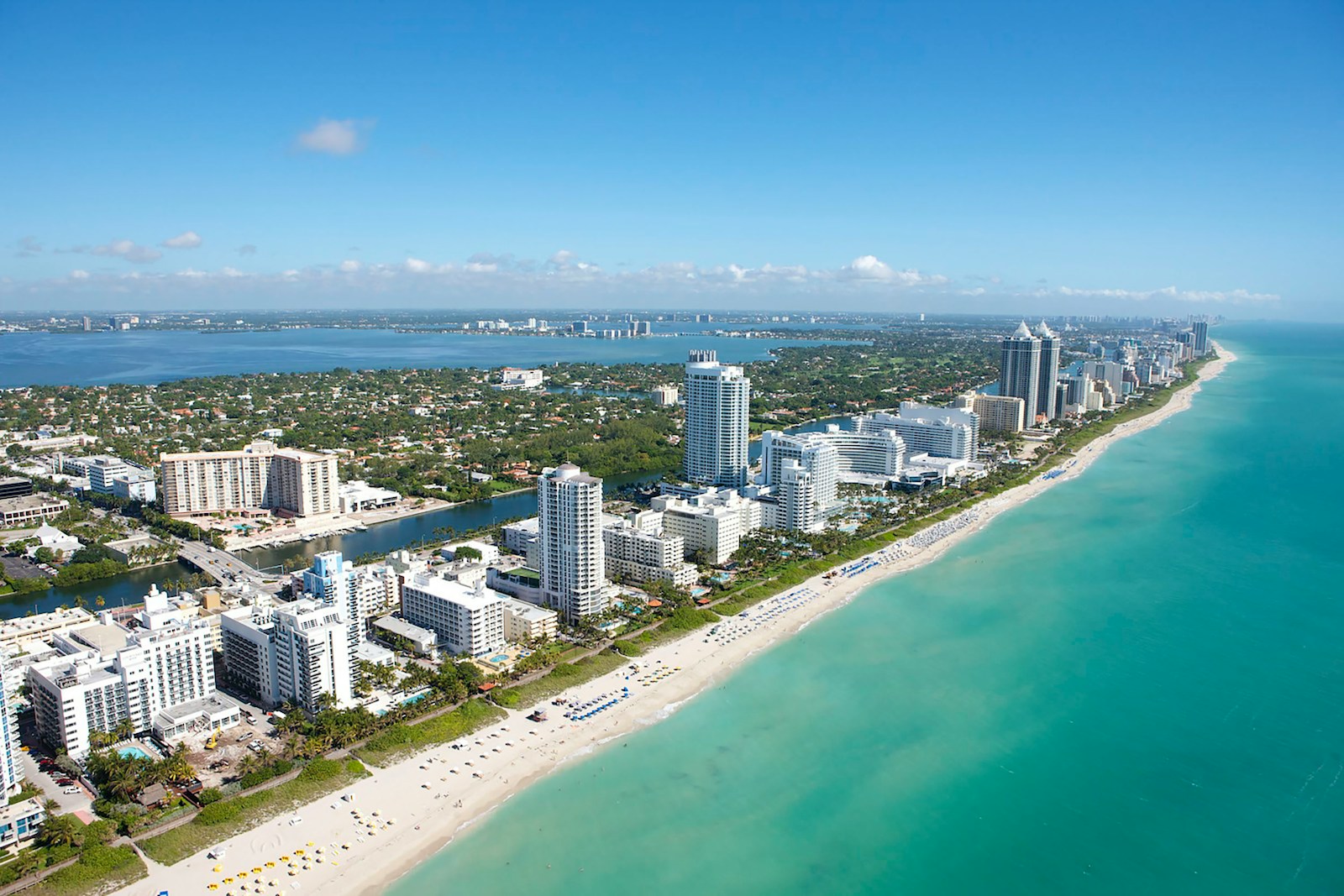
- Current biome classification: Temperate evergreen needleleaf open woodland
- Projected biome classification, 2061-2080: Warm-temperate evergreen broadleaf and mixed forest
- Current population: 443,665
19. Reno, NV
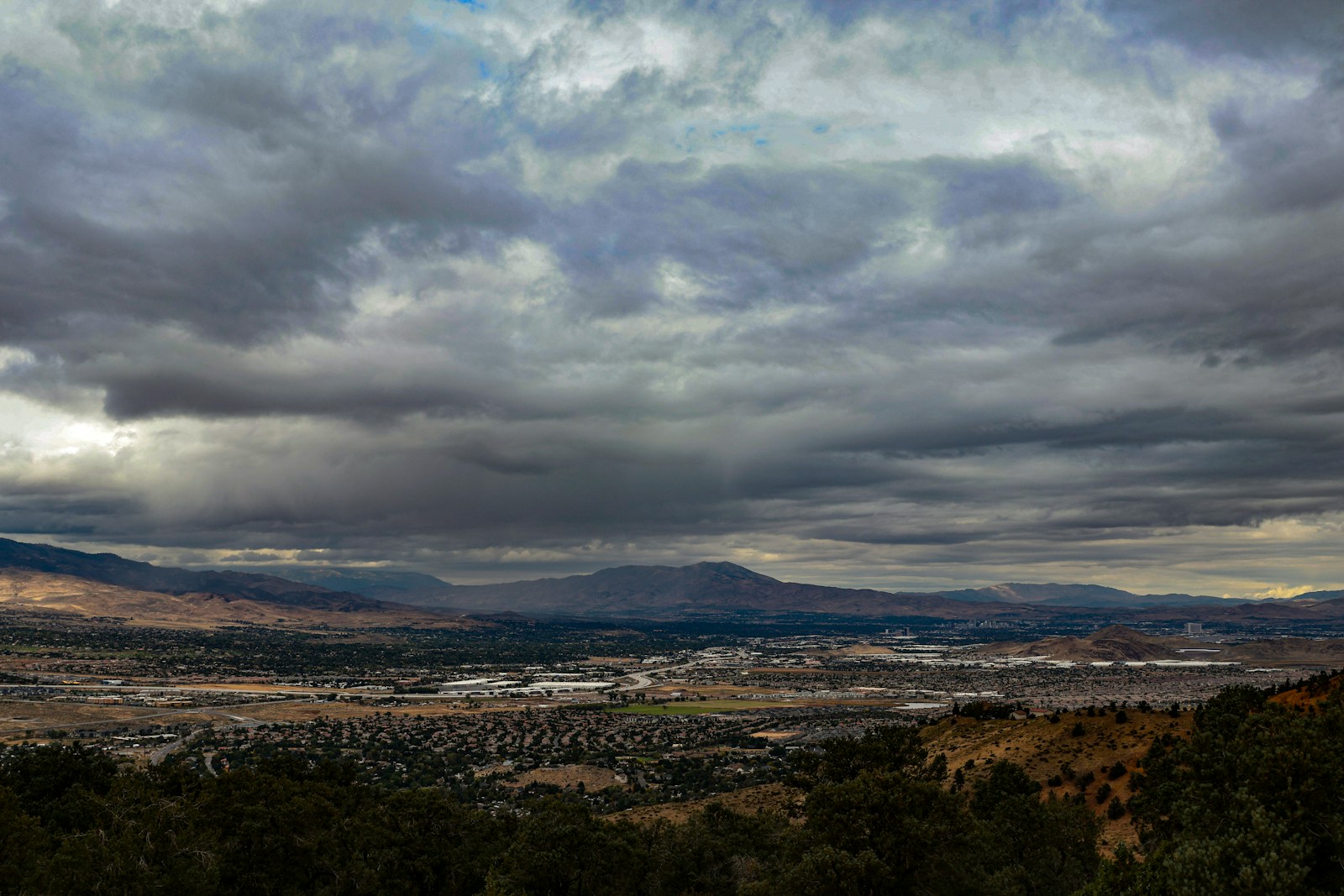
- Current biome classification: Temperate evergreen needleleaf open woodland
- Projected biome classification, 2061-2080: Desert
- Current population: 265,196
18. Bakersfield, CA
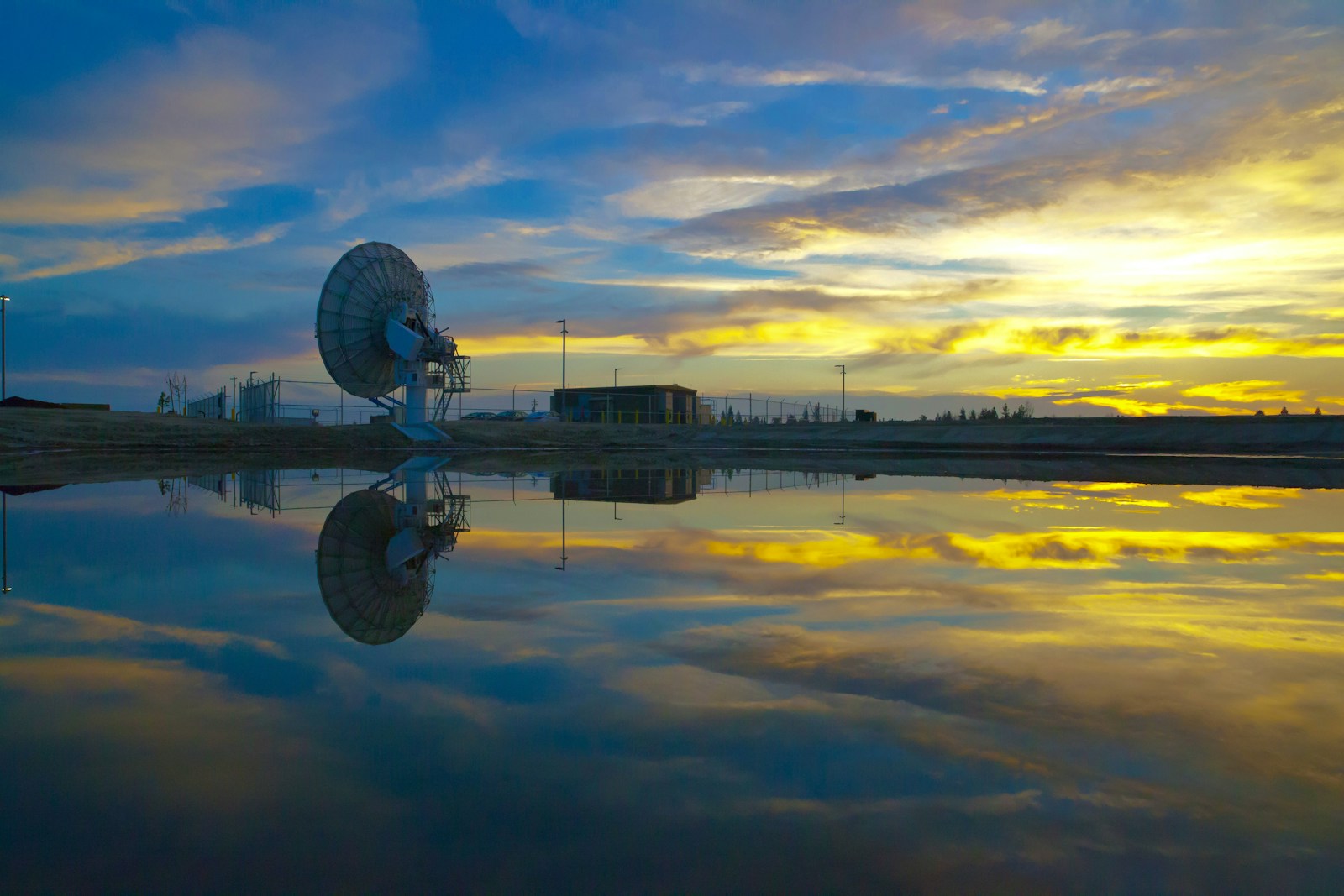
- Current biome classification: Temperate evergreen needleleaf open woodland
- Projected biome classification, 2061-2080: Desert
- Current population: 404,321
17. Tulsa, OK

- Current biome classification: Temperate deciduous broadleaf forest
- Projected biome classification, 2061-2080: Warm-temperate evergreen broadleaf and mixed forest
- Current population: 411,938
16. Virginia Beach, VA
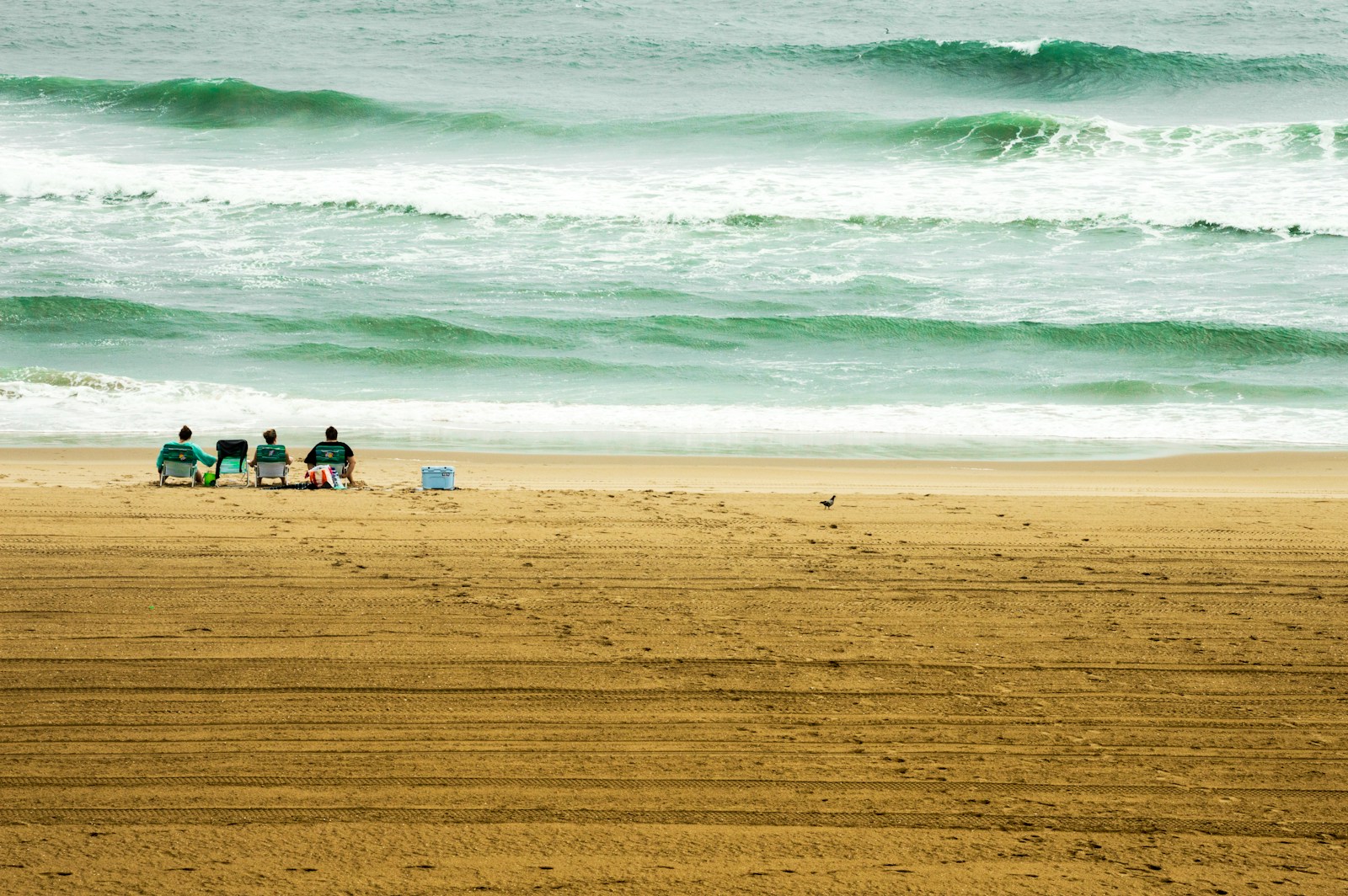
- Current biome classification: Temperate deciduous broadleaf forest
- Projected biome classification, 2061-2080: Warm-temperate evergreen broadleaf and mixed forest
- Current population: 457,900
15. Louisville/Jefferson County, KY

- Current biome classification: Temperate deciduous broadleaf forest
- Projected biome classification, 2061-2080: Warm-temperate evergreen broadleaf and mixed forest
- Current population: 629,176
14. Nashville-Davidson, TN

- Current biome classification: Temperate deciduous broadleaf forest
- Projected biome classification, 2061-2080: Warm-temperate evergreen broadleaf and mixed forest
- Current population: 684,103
13. Buffalo, NY

- Current biome classification: Cool mixed forest
- Projected biome classification, 2061-2080: Temperate deciduous broadleaf forest
- Current population: 276,688
12. Corpus Christi, TX
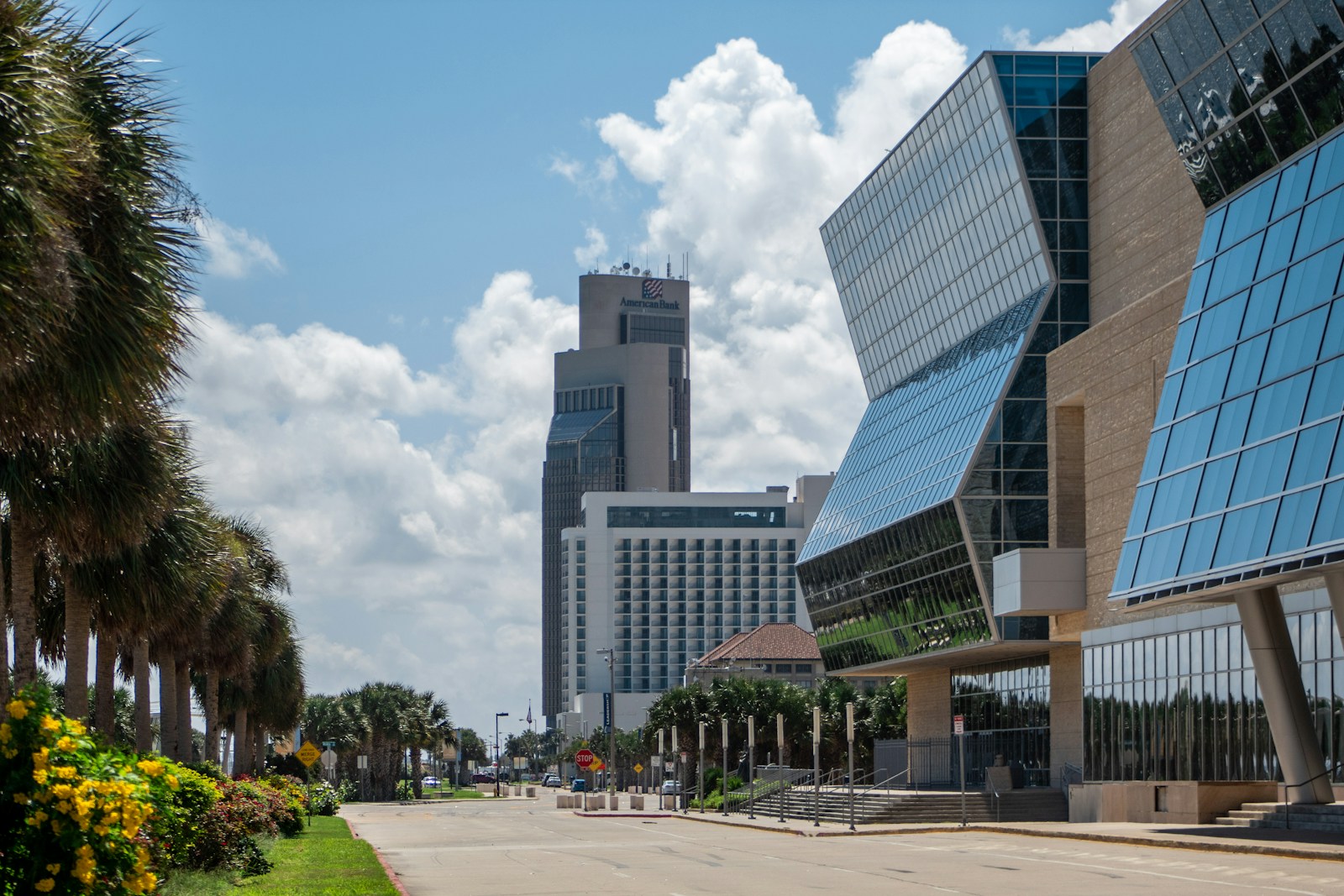
- Current biome classification: Warm-temperate evergreen broadleaf and mixed forest
- Projected biome classification, 2061-2080: Steppe
- Current population: 317,804
11. Cleveland, OH
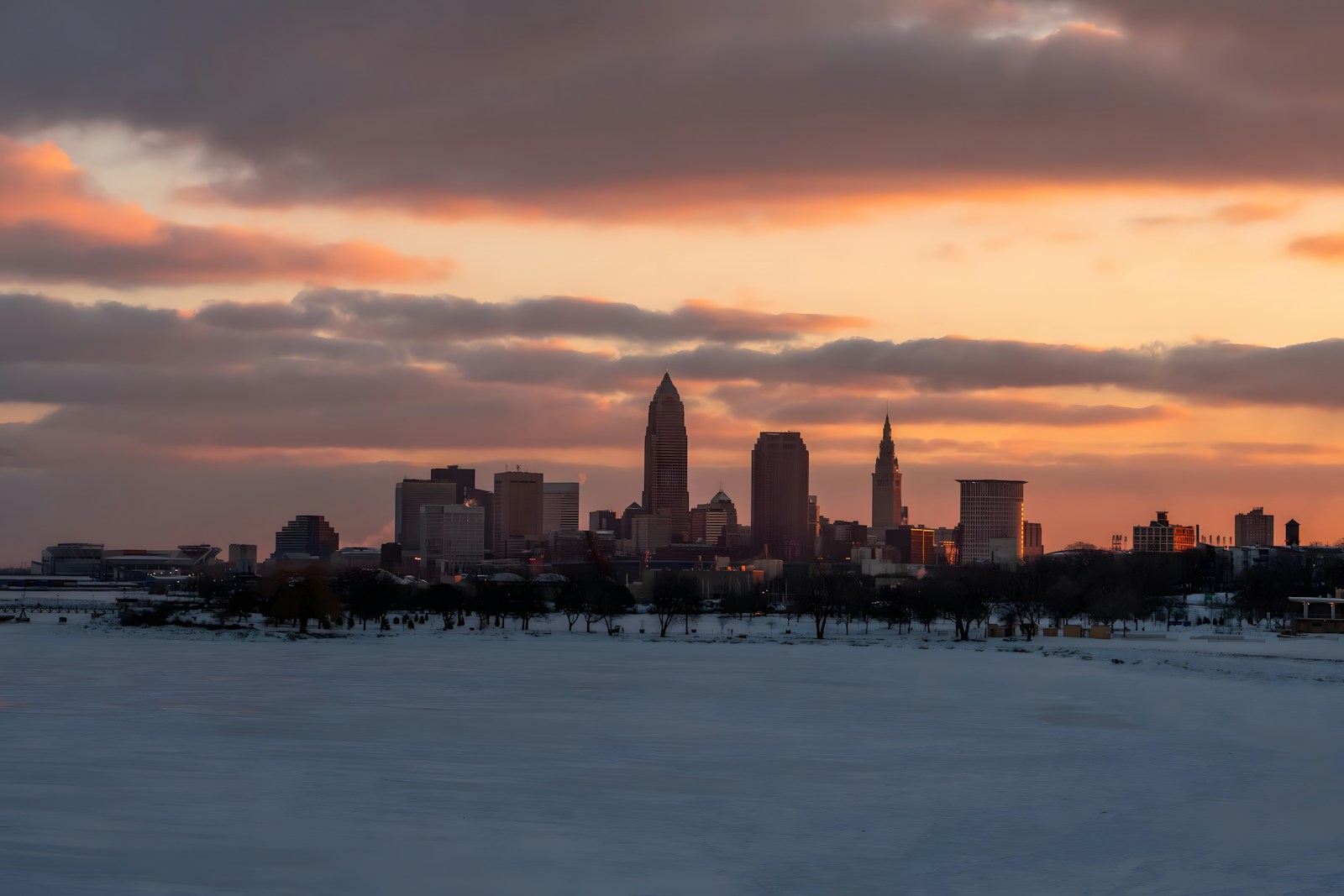
- Current biome classification: Cool mixed forest
- Projected biome classification, 2061-2080: Temperate deciduous broadleaf forest
- Current population: 370,365
10. Boston, MA
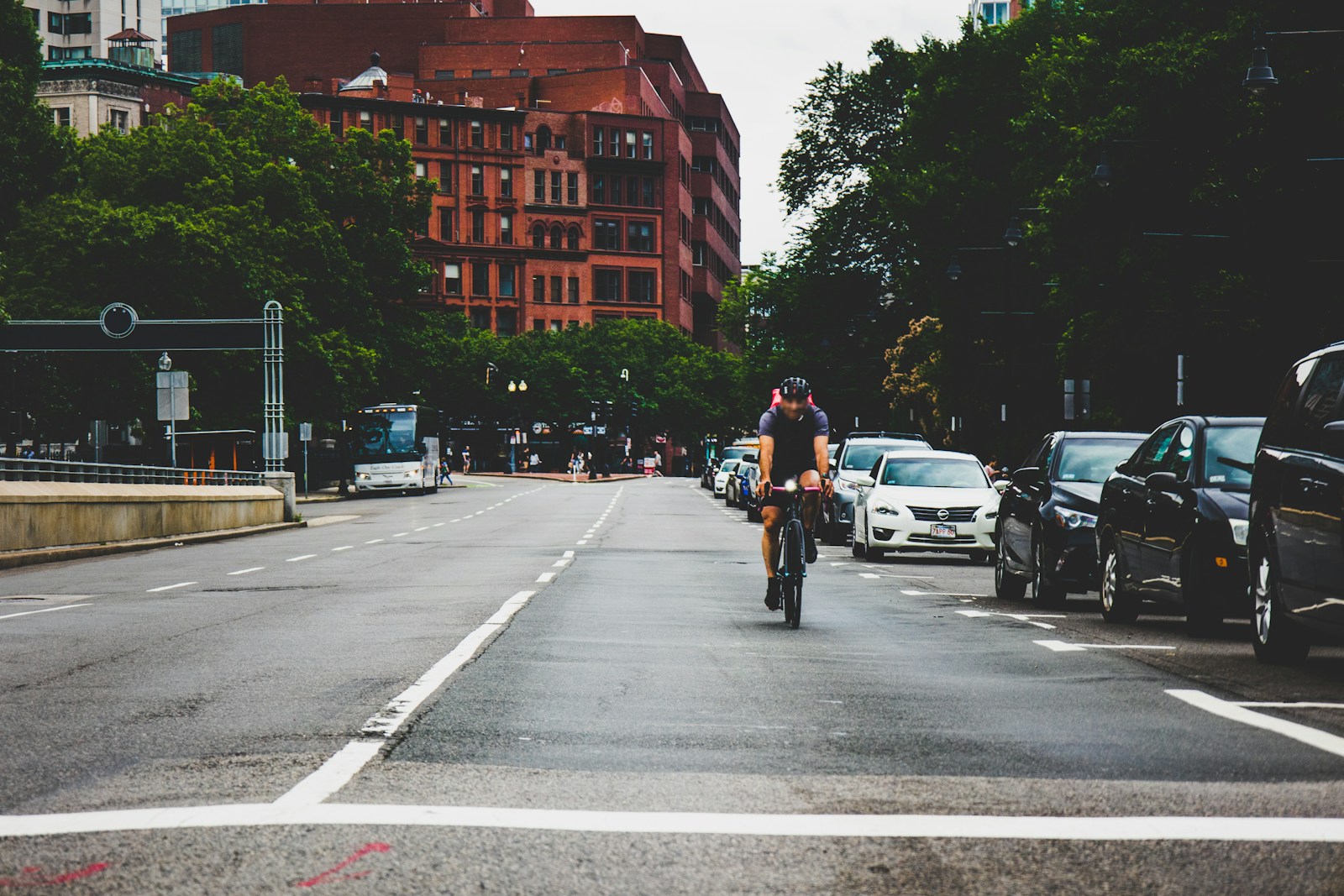
- Current biome classification: Cool mixed forest
- Projected biome classification, 2061-2080: Temperate deciduous broadleaf forest
- Current population: 665,945
9. San Antonio, TX
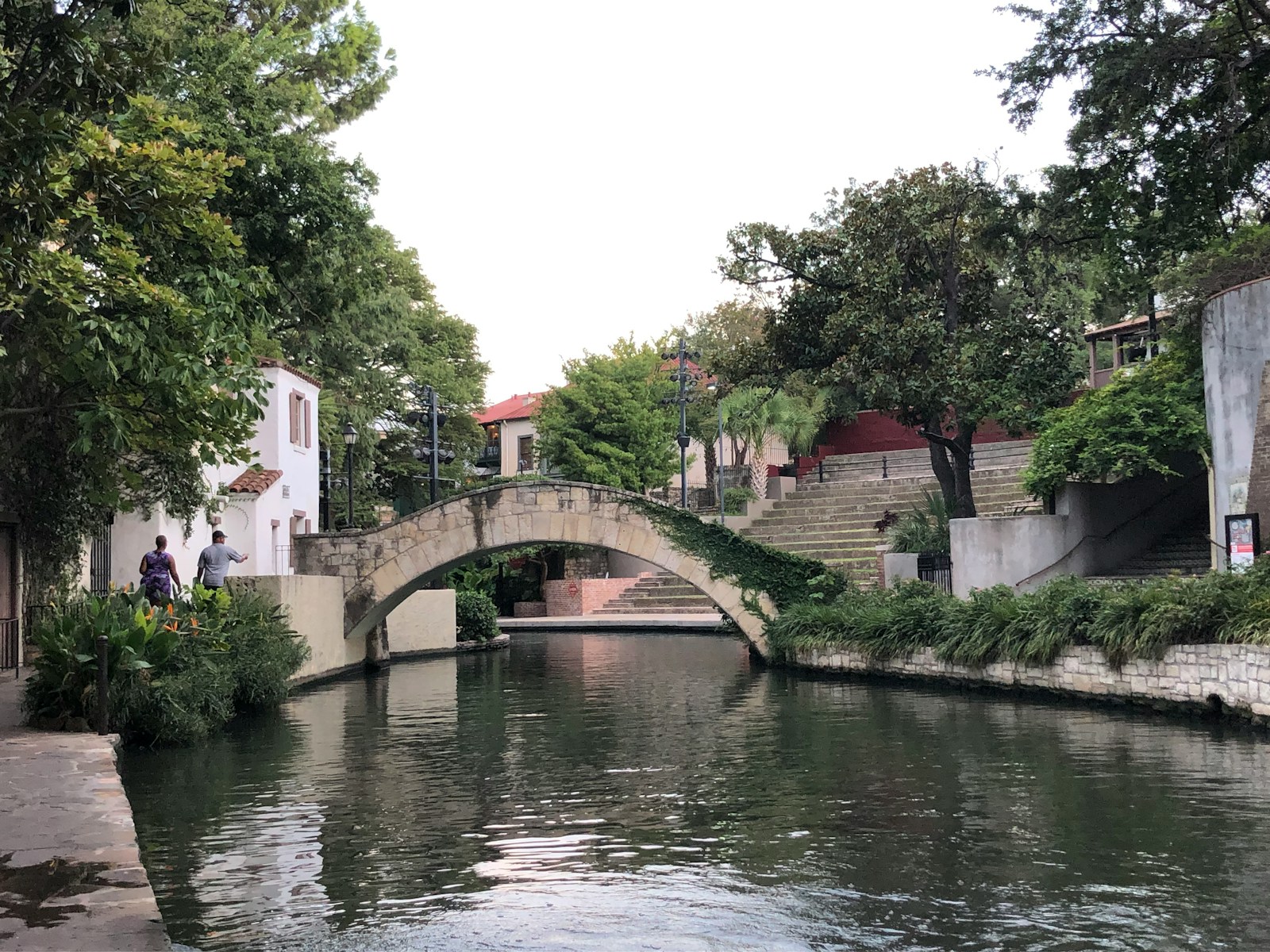
- Current biome classification: Steppe
- Projected biome classification, 2061-2080: Warm-temperate evergreen broadleaf and mixed forest
- Current population: 1,445,662
8. Irvine, CA
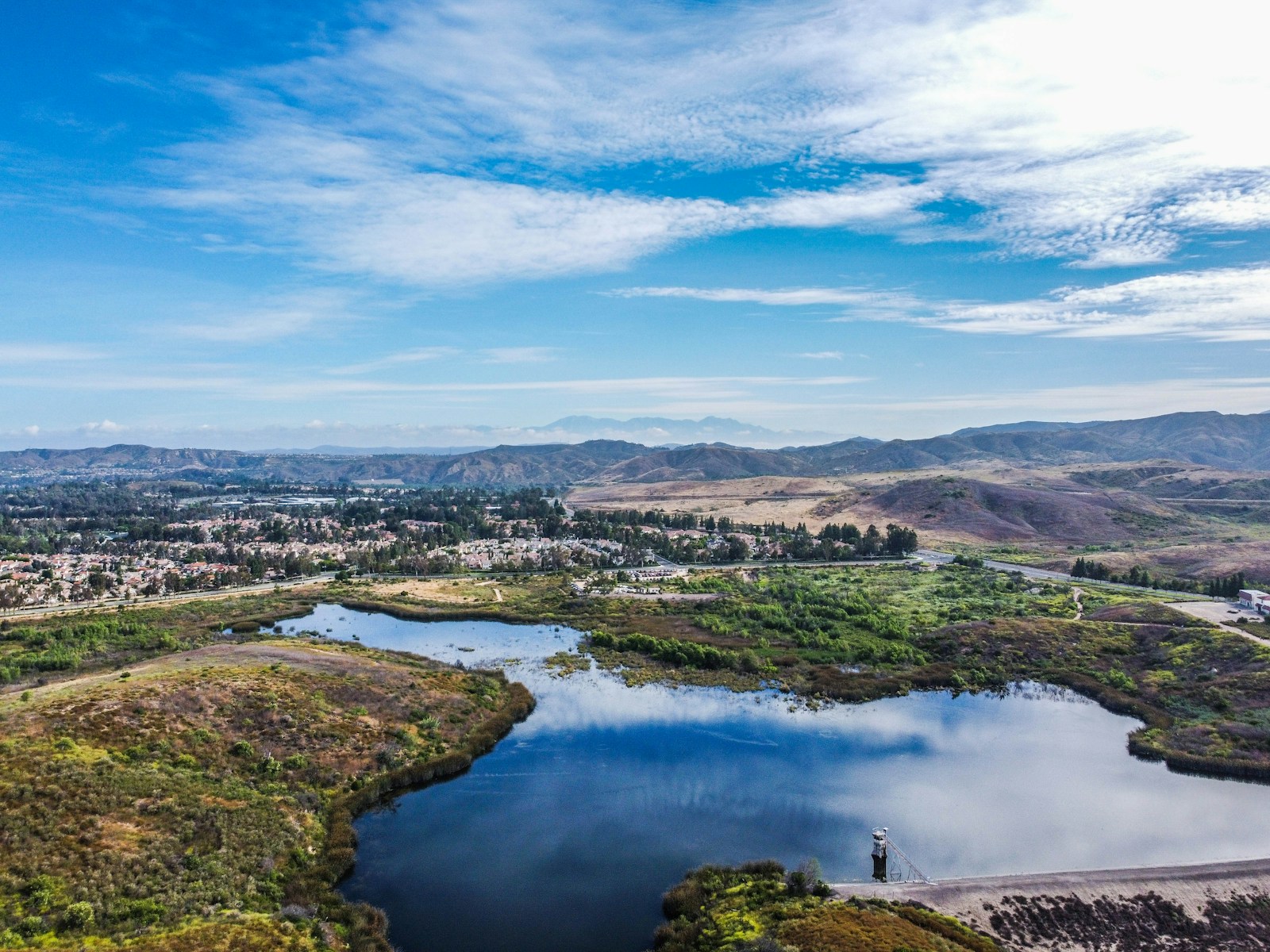
- Current biome classification: Xerophytic woods/scrub
- Projected biome classification, 2061-2080: Steppe
- Current population: 304,527
7. Santa Ana, CA
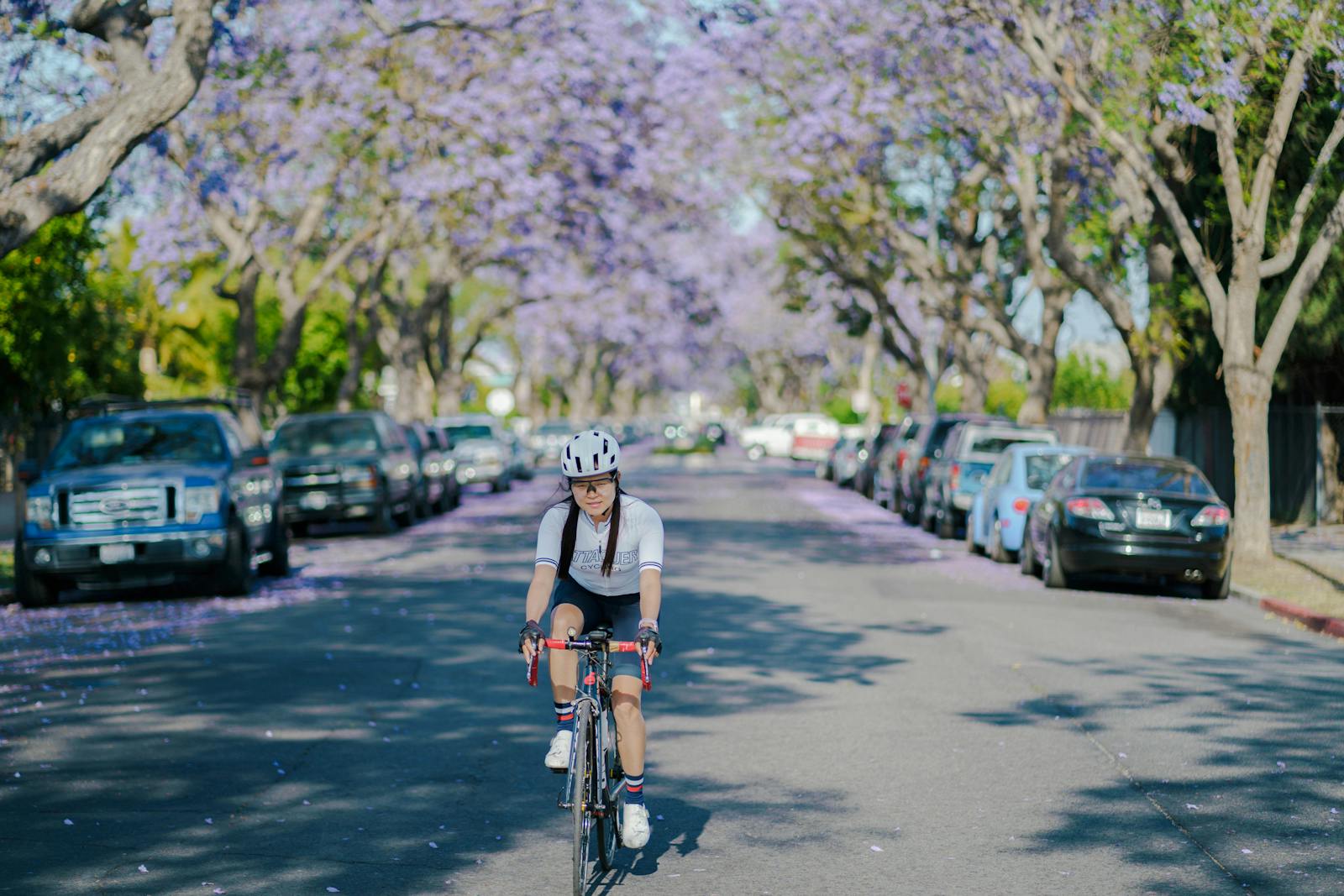
- Current biome classification: Xerophytic woods/scrub
- Projected biome classification, 2061-2080: Steppe
- Current population: 311,379
6. Anaheim, CA
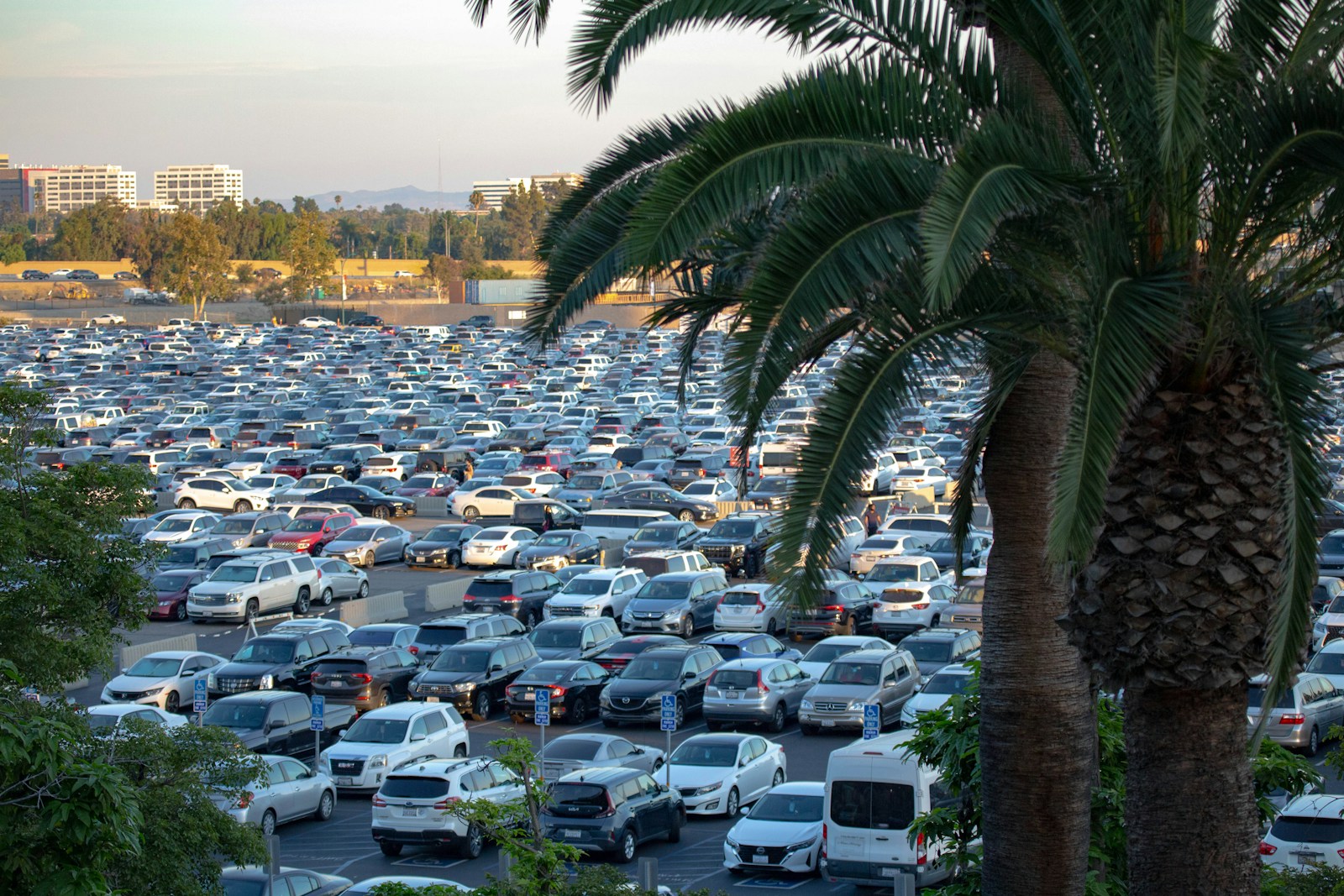
- Current biome classification: Xerophytic woods/scrub
- Projected biome classification, 2061-2080: Steppe
- Current population: 347,111
5. Long Beach, CA
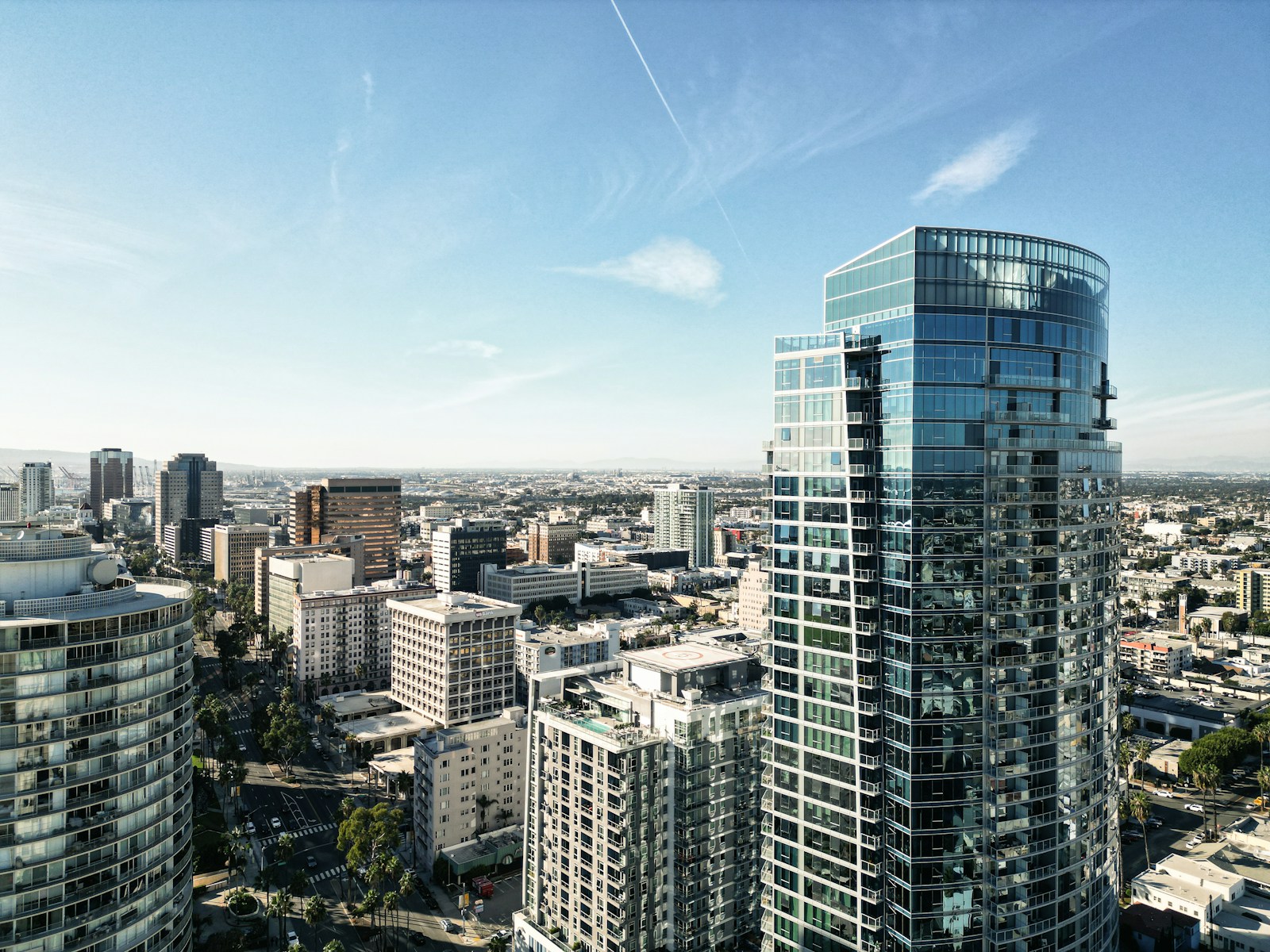
- Current biome classification: Xerophytic woods/scrub
- Projected biome classification, 2061-2080: Steppe
- Current population: 462,293
4. Sacramento, CA

- Current biome classification: Xerophytic woods/scrub
- Projected biome classification, 2061-2080: Steppe
- Current population: 523,600
3. Los Angeles, CA

- Current biome classification: Xerophytic woods/scrub
- Projected biome classification, 2061-2080: Steppe
- Current population: 3,881,041
2. Portland, OR

- Current biome classification: Cool evergreen needleleaf forest
- Projected biome classification, 2061-2080: Warm-temperate evergreen broadleaf and mixed forest
- Current population: 646,101
1. Seattle, WA

- Current biome classification: Cool evergreen needleleaf forest
- Projected biome classification, 2061-2080: Warm-temperate evergreen broadleaf and mixed forest
- Current population: 734,603
More from ClimateCrisis 247
- The Cities Where It Is +100°F For 100+ Days a Year
- Kerr County In Texas Is One of the Driest Places in US: That’s What Made Flash Flooding So Severe
- Flooding in New Mexico Just Claimed Three Lives: See Where Flooding Is Worst Right Now
- 21 Cities Being Swamped With Rain This Year
